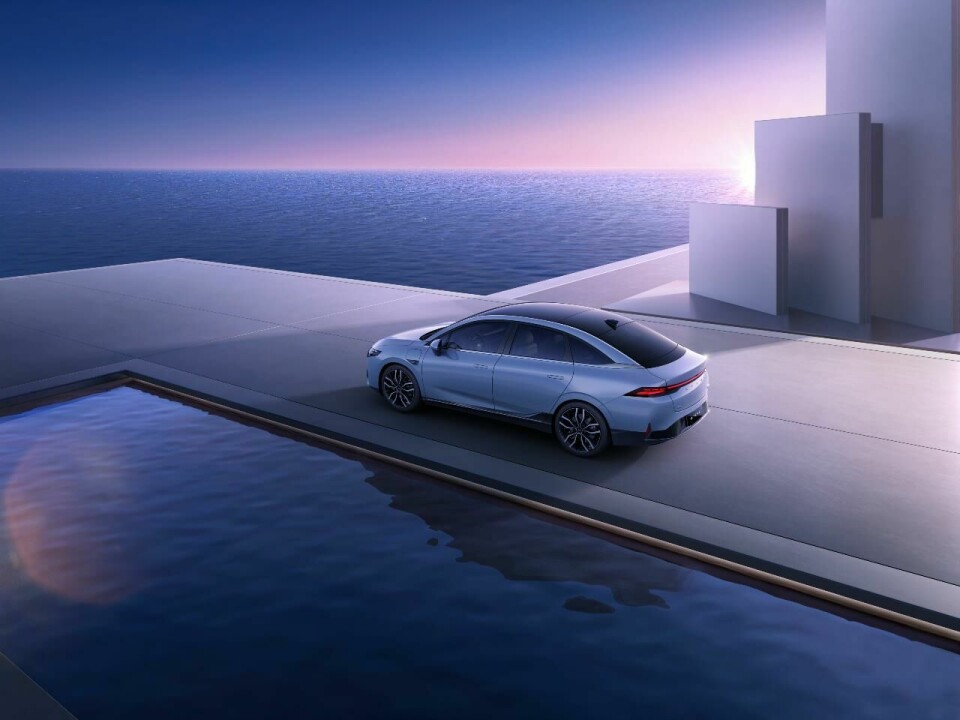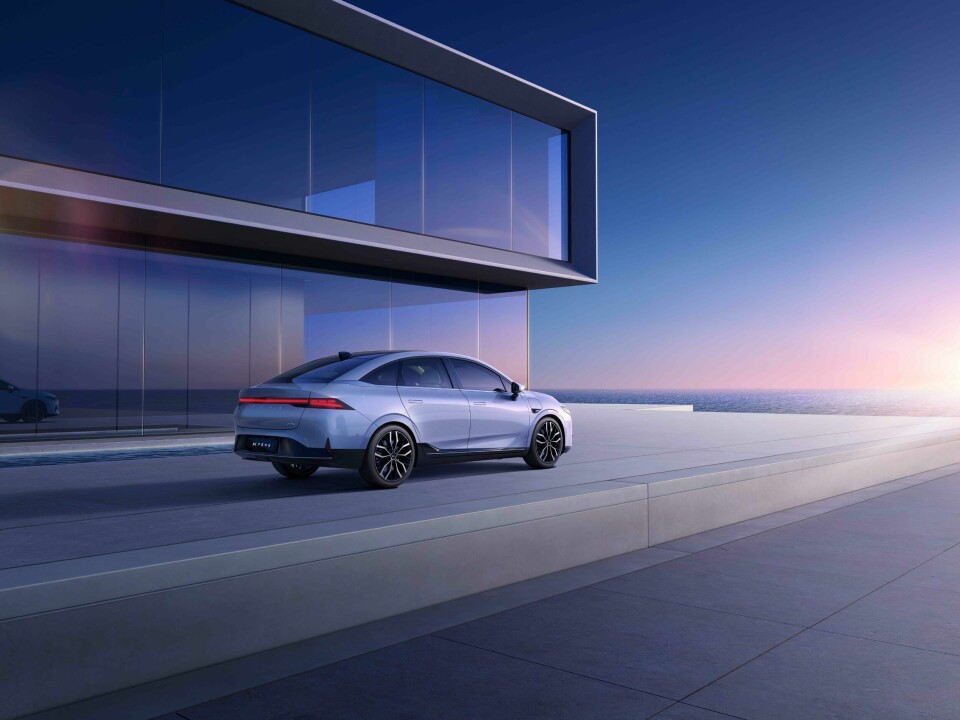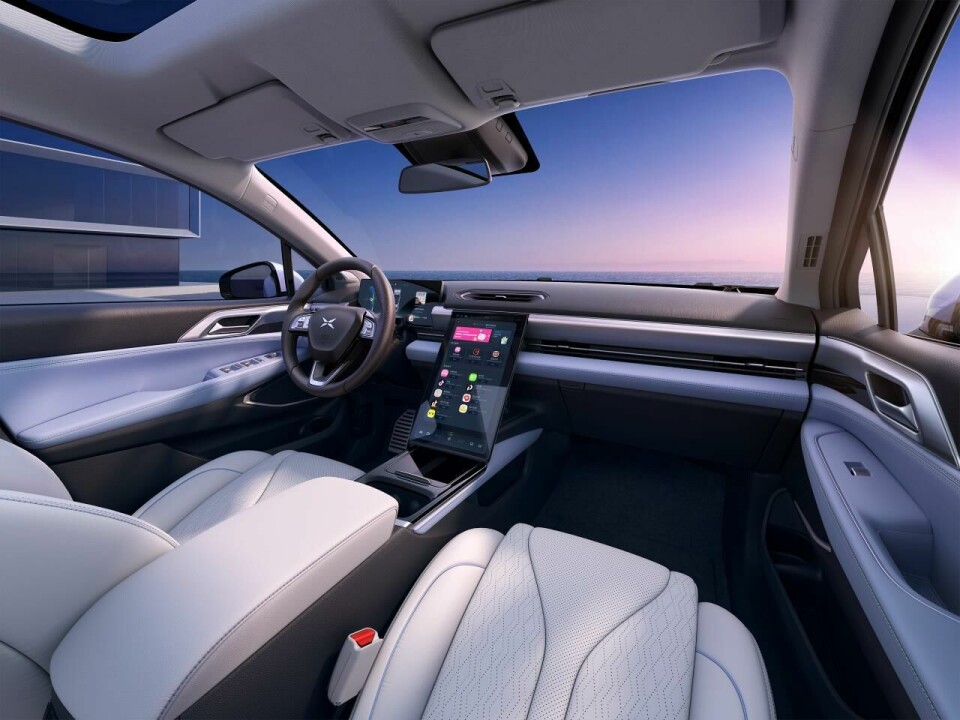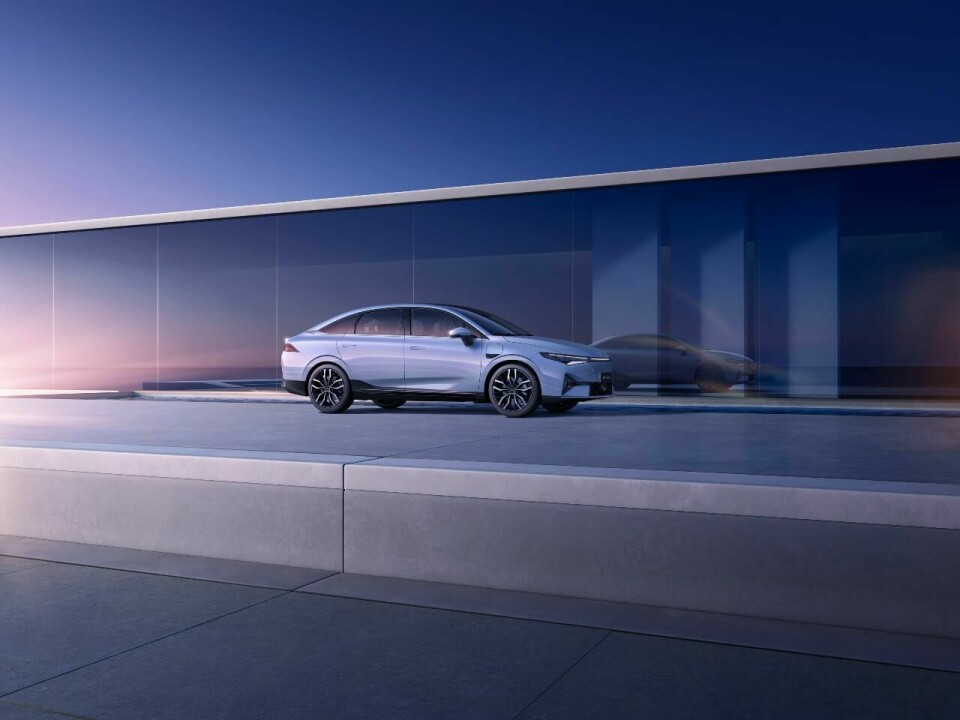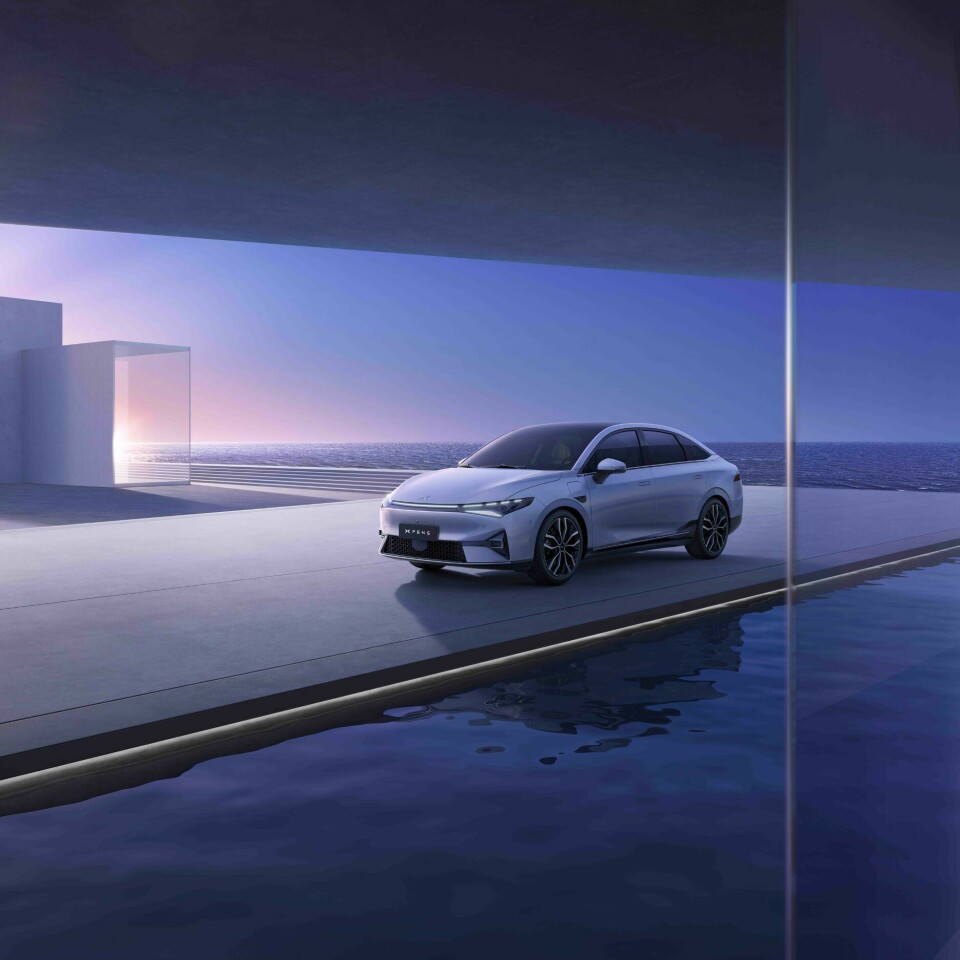
Xpeng launches P5 with Lidar technology
The first model in its portfolio to hit the market with Lidar technology, Xpeng’s P5 is big in size and creature comforts. Car Design News got the lowdown from Eric Zhao, senior director of Xpeng’s design centre
A few days before the 2021 Shanghai Auto Show opened, chinese Tesla-rival Xpeng unveiled its third production model, the P5, at an event in Guangzhou. It is the company’s first production car to feature ‘light detection and ranging’ scanners (Lidar), which build a 3D model of the environment around the car. It is big – a shade over 4.8 metres long. With Xpeng aiming the P5 to be the company’s volume model in a market known to favour size and creature comforts, this perhaps shouldn’t have been a great shock.
Unlike the already unveiled Nio ET7, which also features Lidar but will not go on sale until 2022, the P5 mounts the Lidar units in the front spoiler rather than the roof. “Integrating Lidar into the design is a big challenge. Firstly this Lidar is much bigger than we originally thought which is why we didn’t put it on the roof as the head space would be much less,” says Eric Zhao senior director of Xpeng’s design centre. The Livox Lidar units have a depth of around 30cm.
Xpeng’s P7 model has already gained many headlines with its self-driving highway system, Navigation Guided Pilot (NGP), using XPILOT 3.0 hardware. The P5 upgrades this system by adding the two Lidar units, so extending NGP driving to most city roads.
“The Lidar has very special angle and position requirements to work so I can’t do what I want and it has to protrude a bit. Still we wanted to put Lidar as a very strong element for the front face feature,” says Zhao. He and his team created cut outs around the units, which appear like teeth or claws and result in an aggressive face. The Lidar units are further highlighted through the choice of material, and rather than just making it black, which Zhao believes would look cheap, it is patterned.
Aerodynamics are very important with EVs to help with the range, but Lidar compromises this. “You cannot balance them, Lidar is more important so we have other ways to try to make the aerodynamics better,” says Zhao. He actually wanted to make the bonnet much lower but it wasn’t possible as the P5 is based on the same platform as the G3, a small crossover and Xpeng’s first model. “There were a lot of challenges but the key point was to maximise the interior space.”
“The wheelbase of this car is not very big, less than 2.8 metres, but we have managed to create very good rear knee space,” says Zhao. To achieve this Xpeng put the front seat as far forward as possible and the rear seat as far back as possible. This compromised the boot space. “The engineers always told me, ‘Eric we need more space for some structural things’, but I always challenged them, ’we need this space for the customer not for you’,” he says.
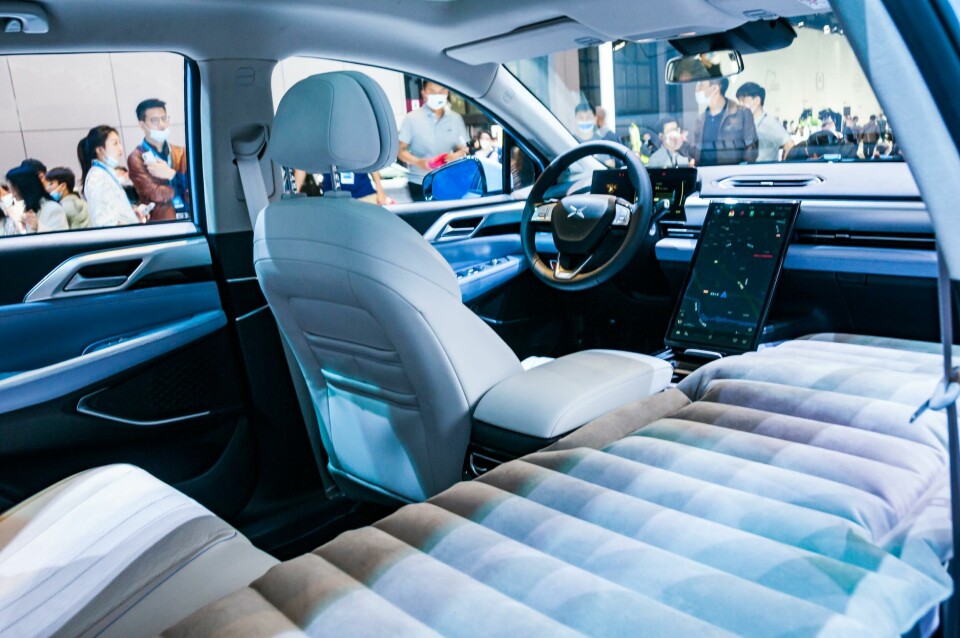
The P5 aims to make the cabin into a living space. There is an expansive 1.493sqm panoramic canopy glass roof, built-in fridge, and something called ’fragrance control.’ One unique function is sleep mode. Once the front headrests are removed users can tell the voice assistant to put the front seats flat. The back of the front seats have been carefully designed to recline into the space in front of the rear bench. Users can then use a car cinema system. Rear headrests are much wider than in most cars and are airline style.
“The interior should be very clean and simple. It needs to be calm and relaxing – you want it like at home. If you have strong features inside it brings a lot of cost, but I want to spend that money on the materials,” says Zhao explaining his interior ethos. Deliveries of the P5 start in the second half of 2021.
Click here to see all the design highlights from the 2021 Shanghai Auto Show.
